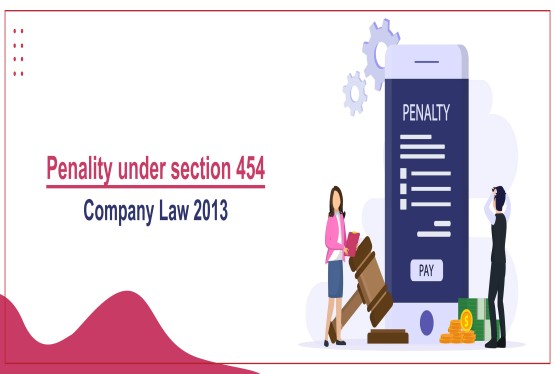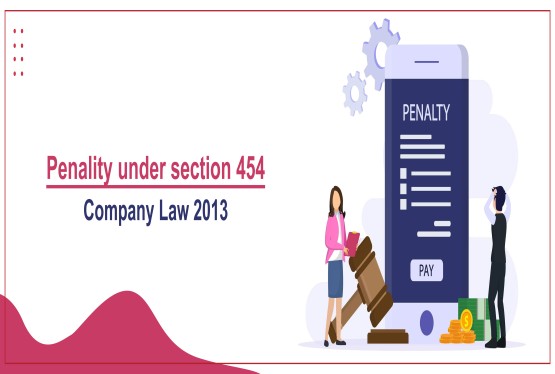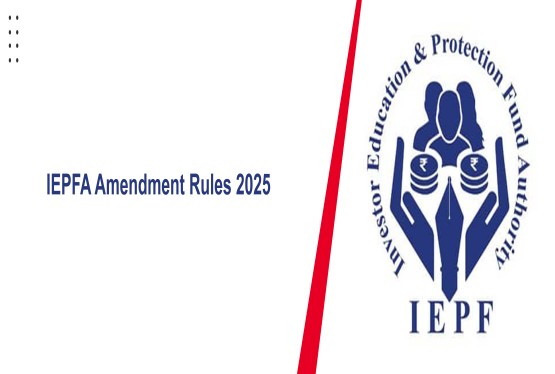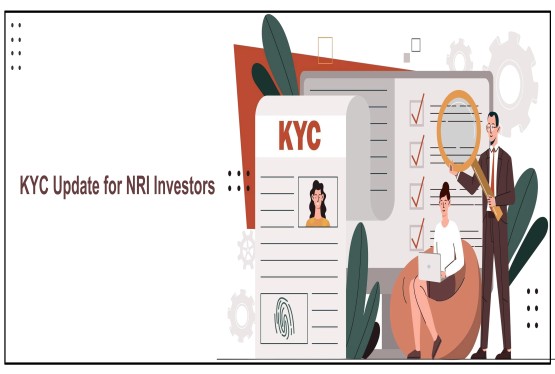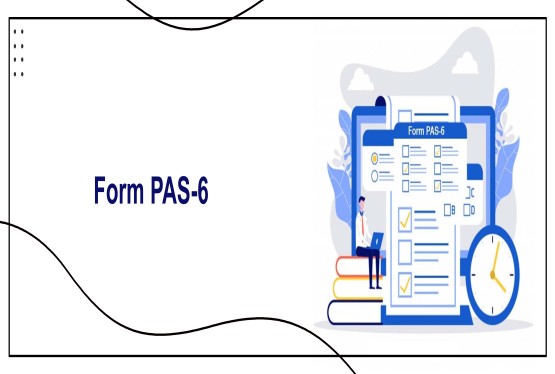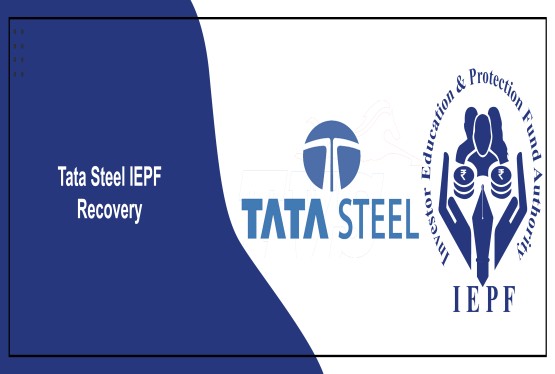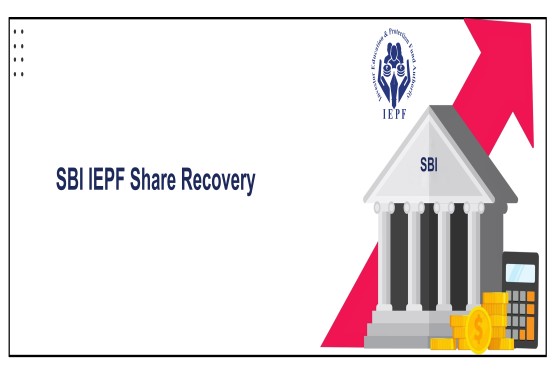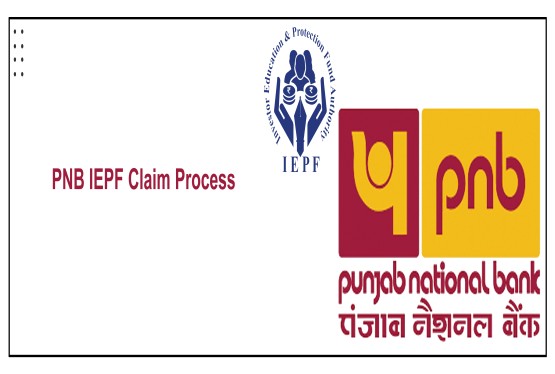The Foreign Liabilities and Assets (FLA) Return is an annual compliance requirement imposed by the Reserve Bank of India (RBI) under the Foreign Exchange Management Act (FEMA). It applies to all Indian companies, LLPs (Limited Liability Partnerships), and other business entities that have either received foreign direct investment (FDI) or made overseas direct investment (ODI) during the financial year. This return captures a detailed account of cross-border financial transactions, including inflow of foreign funds, equity participation by non-residents, or Indian investment in foreign companies. The information collected through this return helps the RBI and the Government of India to monitor FDI, foreign investment trends, Fiscal deposits and economic exposure to global capital. Since it is a statutory obligation, non-filing or incorrect filing may result in penalties and legal consequences under FEMA.
To understand more about FDI compliance by NBFC.
Extended Due Date for FY 2024–25
Due to repealed demand for increase in time for filling , the Reserve Bank of India has extended the due date for filing the FLA return for the financial year 2024–25 to July 31, 2025. This helps the applicants to get enough time to collect relevant data and make a correct and full disclosure of the income received or foreign transaction done, register on the FLAIR portal (if required), and complete the filing process without last-minute errors or technical issues. This move by the RBI is particularly helpful for entities filing for the first time or those facing technological or documentation delays and are new to the filling process as now it is all online through the RBI portal. Filling within the timeline will also help in avoiding the penalties which can be imposed
Who Needs to Register on the RBI’s FLAIR Portal?
Entities that are submitting the FLA return for the first time, or those whose Unique Identification Number (OID) has changed, are required to register on the RBI’s FLAIR (Foreign Liabilities and Assets Information Reporting) portal. This portal is the official online platform designed by the RBI to streamline the reporting of foreign financial transactions and increase the easy of doing business. New users need to complete the user registration process to generate login credentials.
As part of this process, the entity must upload an Authority Letter (in either PDF or JPG format) and a Verification Letter (a Word file saved as PDF), which verifies the identity of the person filling the return On the other hand, entities that have already registered in previous years can use their existing login details to file the return for FY 2024–25. They do not need to repeat the registration process unless their credentials have changed or expired. Recovery process for lost credentials can also be done.
Specific Guidelines for AIFs and Investment Vehicles
Alternative Investment Funds (AIFs) and other similar investment vehicles that did not register on the FLAIR portal in 2024 are required to undergo a fresh registration process using the User Registration Form provided by the RBI. However, it is important to note that AIFs and such investment entities are not permitted to file their FLA returns via the FLAIR portal. Instead, they must submit their FLA return for FY 2024–25 in a separate Excel-based format, which is provided by the RBI. This completed Excel form must be submitted via email to surveyfla@rbi.org.in.
Any queries related to filing by AIFs must be directed to the same email address, with the subject line clearly mentioning “Query related to AIFs.” This separate process for AIFs ensures that these specialized investment vehicles, which may not fall under the typical business structure, are still compliant with RBI regulations and reporting requirements, and due to their distinctive name are provided with a special mode of compliance to ensure that better management through classification can be done.
Revising a Filed FLA Return: Process Clarified by RBI
The Reserve Bank of India has outlined a clear process for entities that wish to revise their already submitted FLA return for the current financial year. The first step is to seek formal approval through the FLAIR portal. Once logged in, the user must navigate to the MENU section, then go to ONLINE FLA FORM, and click on Request Revised FLA Form. After selecting the appropriate financial year for which the revision is needed, the request can be submitted online. Once the revision request is approved by the RBI, the user will be able to access and modify the previously submitted form. The status of this approval process and the availability of the revised form can be checked on the Multiple Year Enable Screen, a feature within the portal that tracks multiple-year filings and approvals. Website assistance and modules are also available for better assistance of the applicant.
Filing FLA Returns for Previous Years
Applicants who have not filed their FLA returns for previous financial years must follow a similar process through the Multiple Year CIN Enable Screen available on the FLAIR portal. This process involves applying for approval for each separate pending year. Without RBI's approval for a previous year, the system will not allow submission of returns for that year. Thus making prior approval a mandate for filling of return for the missed year More importantly, if an entity fails to submit an approved return for a past year, it will not be permitted to request or submit FLA returns for any subsequent years either. That I to say that if a past year filling is not done then the filling for the present year will also not be allowed leading to the creation of backlog and increased changes for penalties due to not following of the compliance requirement. This regulation is aimed at enforcing timely compliance and ensuring that businesses do not skip past obligations in favor of only fulfilling current ones and in turn making the government at loss. Thus, it's crucial for entities with pending submissions from previous years to act promptly and file those returns before moving ahead with current filings, which is to be done by the permission of the RBI.
RBI’s Advisory to Avoid Technological Issues
To avoid delays and technical errors, the Reserve Bank of India has advised all reporting entities to strictly follow the step-by-step instructions available on the FLAIR portal. These instructions cover registration, login, form filling, and document uploads. By adhering to these guidelines, entities can minimize the risk of errors, submission failures, or rejected applications. Furthermore, the RBI has made support available for any queries or difficulties that users might face. Entities can contact the official support email surveyfla@rbi.org.in for clarification. The RBI also urges all stakeholders to complete their filings before the deadline of July 31, 2025, in order to avoid penalties, fines, or breaches of FEMA compliance. Proactive and accurate submission not only ensures regulatory safety but also reflects well on the entity's financial discipline and transparency.
What is the FLAIR Portal?
The FLAIR Portal (Foreign Liabilities and Assets Information Reporting) is an online platform launched by the Reserve Bank of India (RBI) for Indian entities to file their annual FLA returns. It replaces the earlier Excel/email-based system and offers a secure, structured, and digital way to report foreign assets and liabilities as per FEMA guidelines.
Purpose of the FLAIR Portal
The FLAIR portal is designed to collect accurate data on foreign investments in Indian entities and Indian investments abroad. It helps RBI monitor cross-border capital flows and ensures that entities comply with Foreign Exchange Management Act (FEMA), 1999.
Who Should Use It?
All Indian companies, LLPs, and entities that have either received foreign investment (FDI) or made overseas investment (ODI) during a financial year must file their FLA return using this portal. However, AIFs (Alternative Investment Funds) and some investment vehicles must use the email-based Excel form instead of the portal.
Registration Process
First-time users must register on the portal by submitting an authority letter (PDF/JPG) and a verification letter (Word file saved as PDF). Once verified, RBI sends login credentials to the registered email. Existing users can log in directly without repeating this process.
Key Features
The portal enables online form filling, submission of FLA returns, and tracking of filings across multiple years. It also allows users to request revisions of submitted returns and check the approval status through the Multiple Year Enable Screen.
Filing and Revisions
After login, entities can complete and submit the FLA form online. If any changes are required after submission, they must request approval to revise the return through the portal before editing. For previous year filings, RBI approval must be taken in advance.
Help and Support
To avoid errors, users must follow RBI’s instructions on the portal carefully. For any issues or clarification, they can write to surveyfla@rbi.org.in with their company details and query. It is advised to file well before the deadline to prevent last-minute problems.
FAQs
Q1. What is the legal basis for filing the FLA return?
Ans. The legal basis for filing the Foreign Liabilities and Assets (FLA) return stems from Section 10(4) and Section 11(2) of the Foreign Exchange Management Act (FEMA), 1999. The return is a part of India’s foreign exchange regulatory framework to monitor cross-border capital flows. Non-compliance is considered a contravention of FEMA, which may invite penalties under Section 13 of FEMA.
Q2. Who exactly is required to file the FLA Return?
Ans. The FLA return must be filed by:
-
All Indian resident companies which have received FDI (Foreign Direct Investment) and/or made ODI (Overseas Direct Investment) in any form (equity, loan, etc.).
-
LLPs and Partnership Firms having foreign liabilities or assets.
-
Startups and unlisted companies, if they have any foreign investor holding equity shares, compulsorily convertible preference shares, or compulsorily convertible debentures.
-
Companies under liquidation or dormant companies that had any foreign liabilities or assets in the past financial year.
Q3. What are the consequences of not filing or filing incorrect FLA returns?
Ans. Failure to file the FLA return within the due date or filing incorrect/incomplete information is treated as a violation of FEMA. Penalties may include:
-
A fine up to Rs.2 lakhs for the contravention.
-
If the contravention continues, a further penalty of Rs.5,000 per day after the first day.
-
RBI may restrict access to the FLAIR portal for future filings or issue show-cause notices.
-
Reputational and compliance risk for the entity, especially during external audits or due diligence.
Q4. What is an OID (Organisation Identification Number), and why does it matter?
Ans. The OID (Organisation Identification Number) is a unique number assigned by the RBI to each reporting entity upon first registration on the FLAIR portal. It is required for all future filings and acts as the entity's digital identity in the RBI's system. If an entity has undergone a merger, demerger, or structural change, a new OID may be required, and a fresh registration must be initiated.
Q5. What documents are needed for first-time registration on the FLAIR portal?
Ans. For first-time registration, the following documents are essential:
-
Authority Letter on the company's official letterhead, authorizing a person to file the return on behalf of the company. This must be in PDF or JPG format.
-
Verification Letter confirming the signatory’s details, saved as a Word file and then converted to PDF.
-
PAN Card, CIN/LLPIN, and other basic KYC documents may also be required if prompted during registration.
Q6. Can a Chartered Accountant or Consultant file the FLA return on behalf of the company?
Ans. Yes, a Chartered Accountant (CA), Company Secretary (CS), or consultant can file the FLA return on behalf of a company, provided the Authority Letter explicitly authorizes the professional to do so. The authority letter must include the name, designation, and email ID of the authorized representative.
Q7. What is the format and content of the FLA return form?
Ans. The FLA return form is available online on the FLAIR portal and contains the following key sections:
-
General identification details (name, CIN, PAN, etc.)
-
Foreign liabilities: FDI, ECB, trade credits, etc.
-
Foreign assets: ODI, overseas subsidiaries or joint ventures, foreign bank accounts, etc.
-
Income details: Dividend received, interest paid, repatriation amounts, etc.
A downloadable Excel-based format is available for AIFs and other special cases.
Q8. How is “foreign investment” defined in the context of FLA return?
Ans. Foreign investment includes:
-
FDI (Foreign Direct Investment) – direct equity investment by a foreign investor.
-
Portfolio investments – investments by foreign institutional investors (FIIs/FPIs).
-
Loans from non-resident entities, such as ECBs (External Commercial Borrowings).
-
Trade credits, foreign currency convertible bonds (FCCBs), and depository receipts (DRs) are also included under foreign liabilities.
Q9. What are the key steps after successful registration on the FLAIR portal?
Ans. After successful registration and receipt of login credentials via email:
-
Login using the user ID and password.
-
Fill in the Online FLA Return form (editable till submission).
-
Submit the form once all required data is filled in.
-
A confirmation email will be received post successful submission.
-
Download and save the acknowledgment receipt for recordkeeping.
Q10. Can corrections be made after the FLA return is submitted?
Ans. Yes, but only after approval for revision is granted by RBI. You must log in to the FLAIR portal, request a revised return for the relevant year, and wait for approval. Once approved, the revised form becomes editable. Corrections cannot be made without formal approval.
Q11. How do I track the status of submitted or revised FLA returns?
Ans. The FLAIR portal provides a feature called Multiple Year Enable Screen, where users can check the status of their filings, approvals for revision, and whether any back-year filings are pending. This tool is also used to seek permission to file for previous years.
Q12. Is there any late filing fee or grace period after July 31, 2025?
Ans. As per current FEMA and RBI guidelines, there is no grace period or automatic waiver of penalties beyond the due date. Entities that miss the deadline must file a compounding application with RBI and face penalties as per FEMA rules.
Q13. Can I file for multiple financial years together if I missed earlier returns?
Ans. Yes, but you must first obtain approval for each previous year using the Multiple Year CIN Enable Screen on the FLAIR portal. Only after approval is granted for a specific year can the return for that year be submitted. You cannot skip a previous year and directly file for the current year.
Q14. Can startups and newly incorporated companies file a NIL FLA return?
Ans. If a company did not receive any foreign investment and did not make any foreign investment during the financial year, then it is not required to file the FLA return. However, if the company received foreign capital in earlier years and still holds foreign liabilities or assets, a NIL return may not be sufficient, and full disclosure may be needed.
Q15. Is digital signature mandatory for FLA filing?
Ans. As of now, the FLA return does not require a digital signature certificate (DSC). However, the user credentials must match the authorized person mentioned in the authority letter, and the verification letter must be properly signed and stamped by a competent official.











































































_crop10_thumb.jpg)


































































_crop10_thumb.jpg)
_crop10_thumb.jpg)



_crop10_thumb.jpg)


_crop10_thumb.jpg)





_crop10_thumb.jpg)

_crop10_thumb.jpg)














-suratgujarat-section-158_crop10_thumb.jpg)
-suratgujarat_crop10_thumb.jpg)
-(33)_crop10_thumb.jpg)



-ahmedabad_crop10_thumb.jpg)
-learn_crop10_thumb.jpg)

-learnn_crop10_thumb.jpg)



























































_crop10_thumb.jpg)























_Guidelines_learn_crop10_thumb.jpg)























_learn_crop10_thumb.jpg)
_crop10_thumb.jpeg)










_crop10_thumb.jpg)




_Second_Amendment_Rules,_2025_learn_crop10_thumb.jpg)







_learn_crop10_thumb.jpg)






















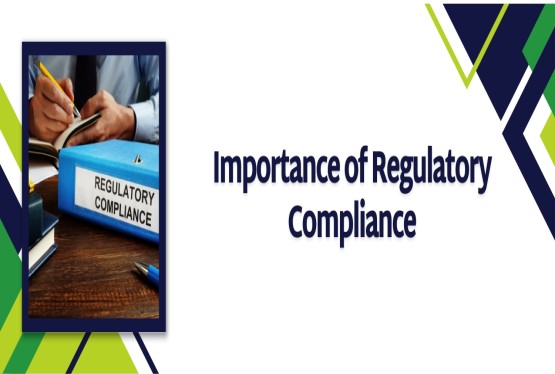







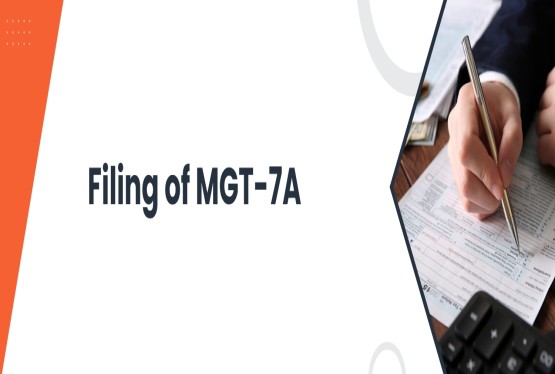
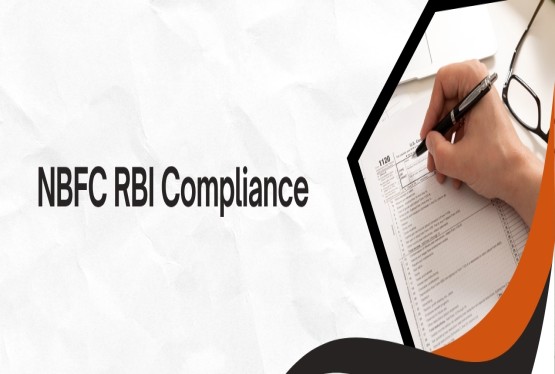
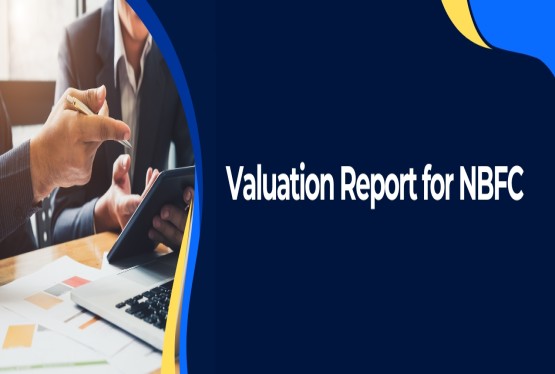





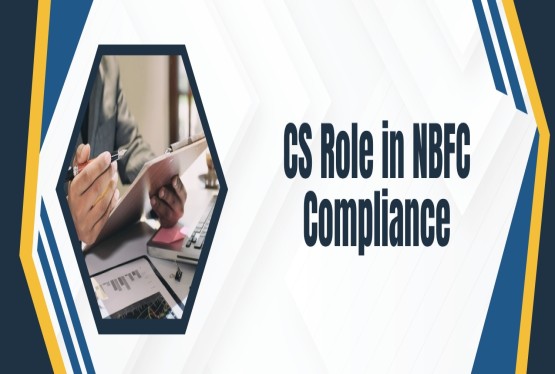


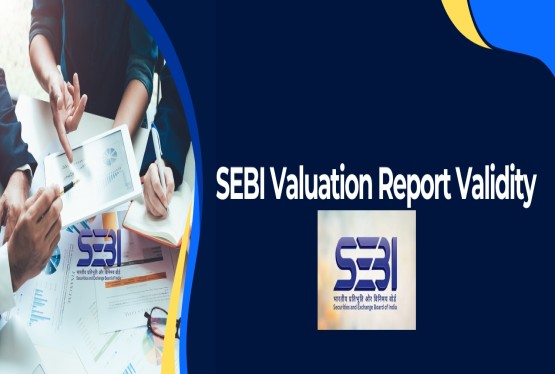

_learn_crop10_thumb.jpeg)

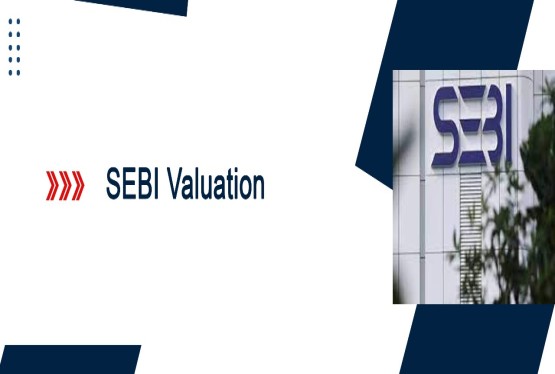




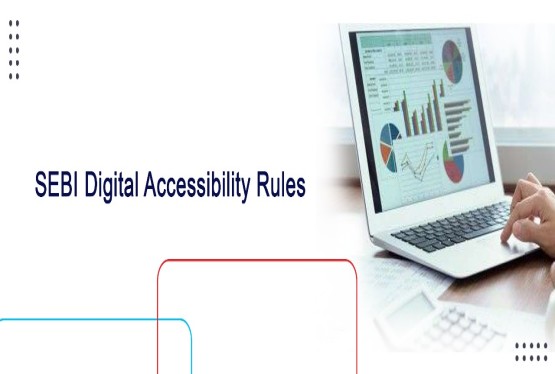

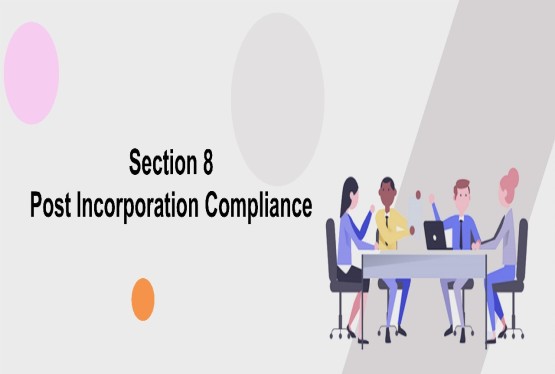
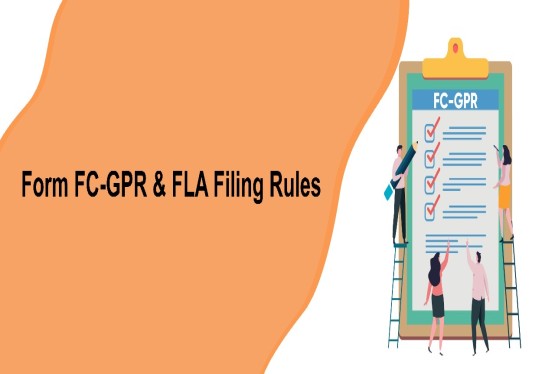
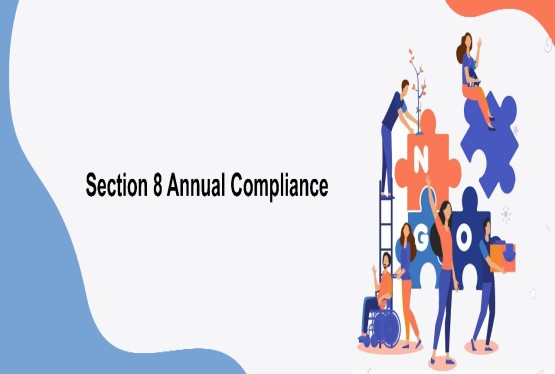


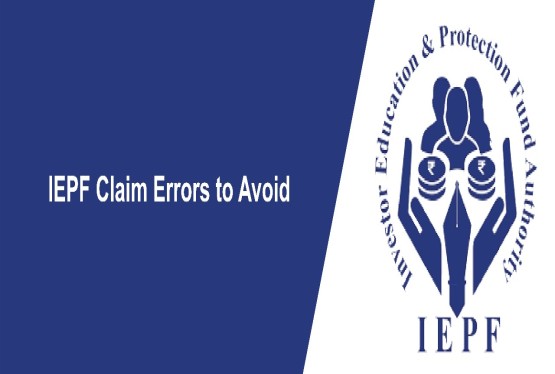


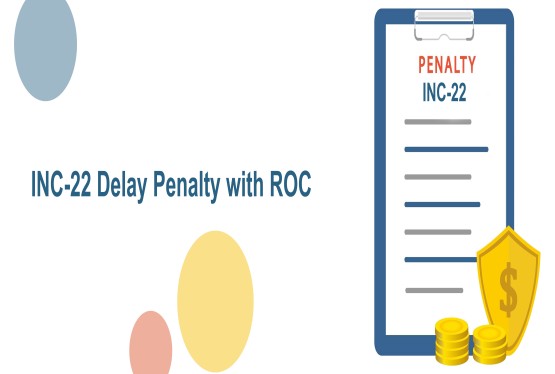


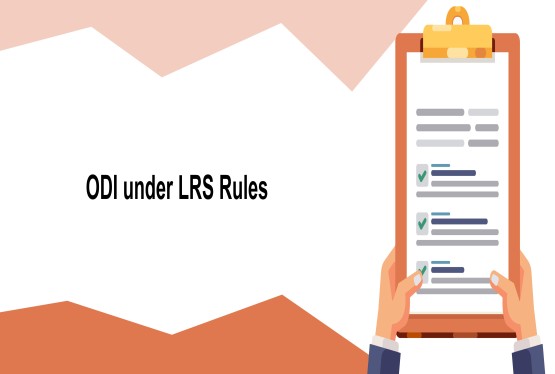
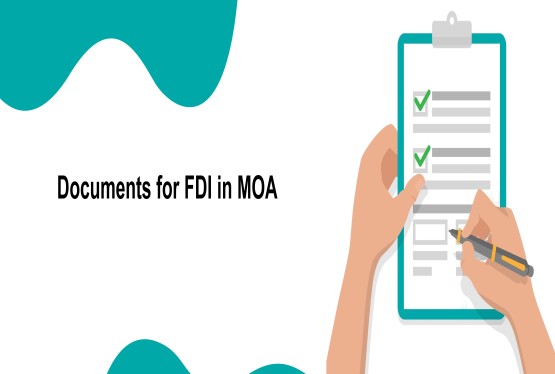


_learn_crop10_thumb.jpg)
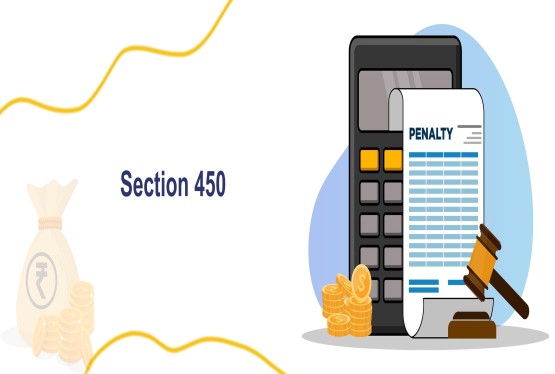


_rd_roc_learn_crop10_thumb.jpg)
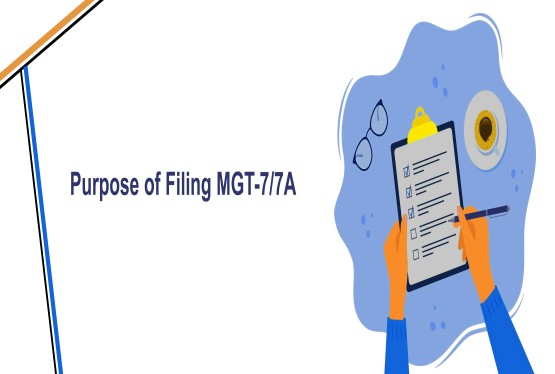
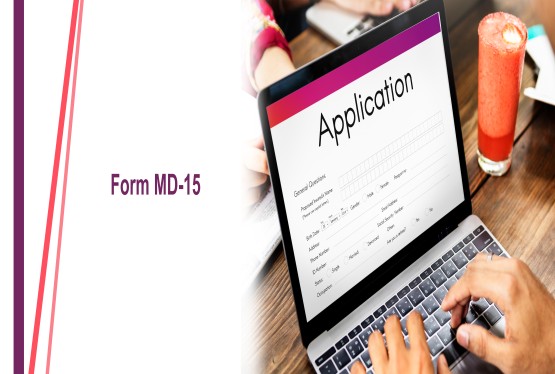


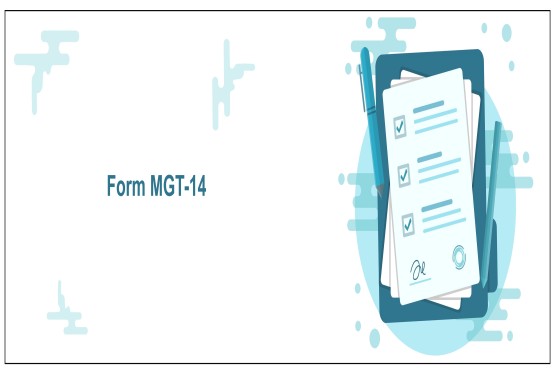
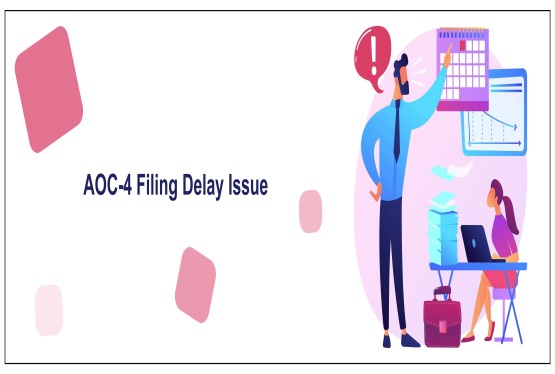
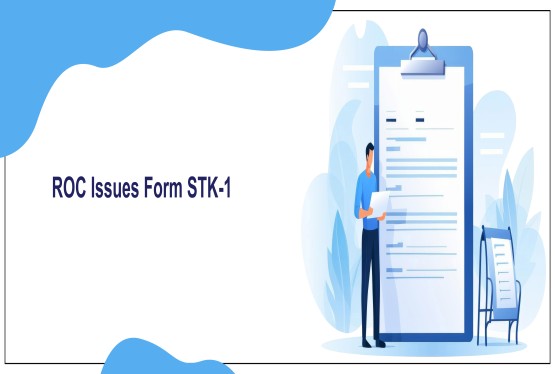






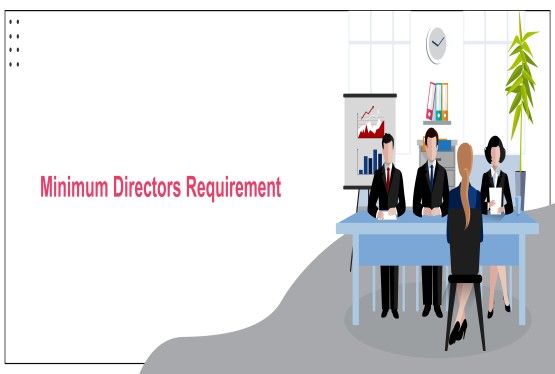

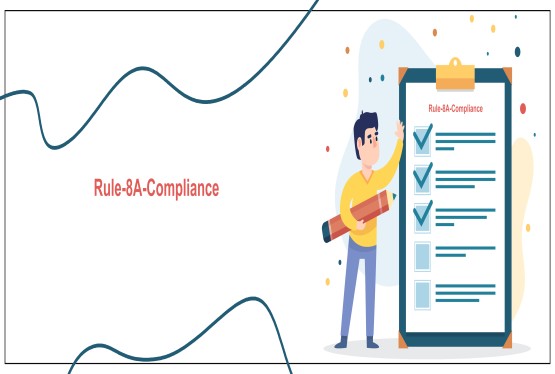
_learn_crop10_thumb.jpg)
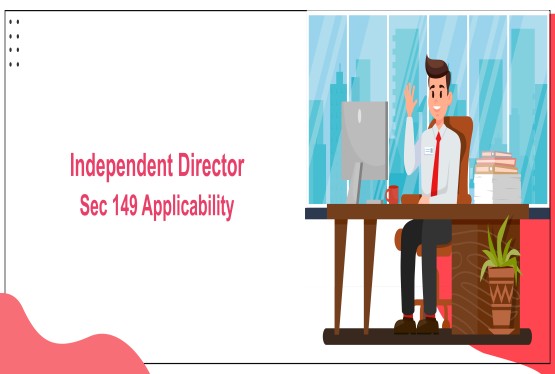
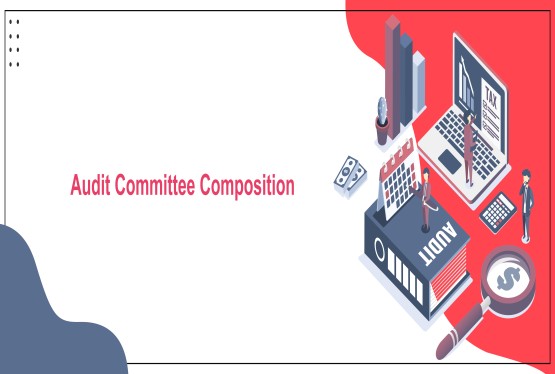
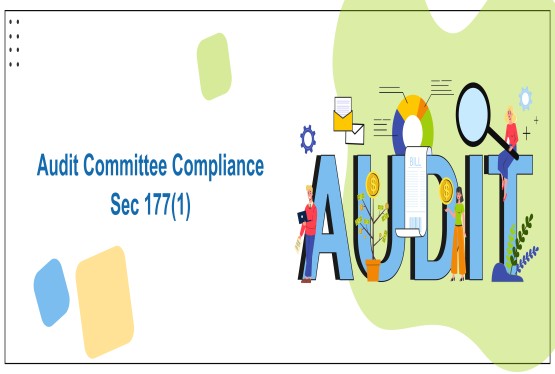



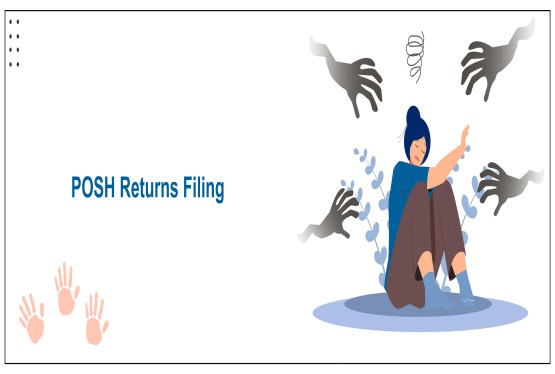
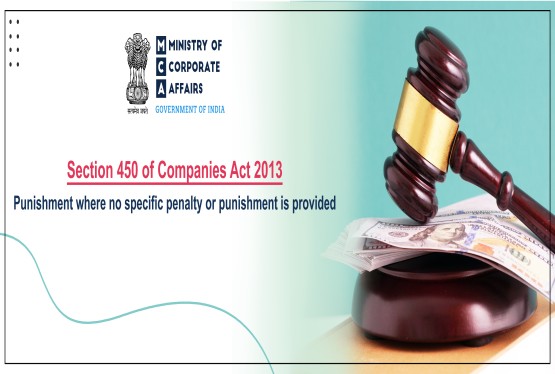

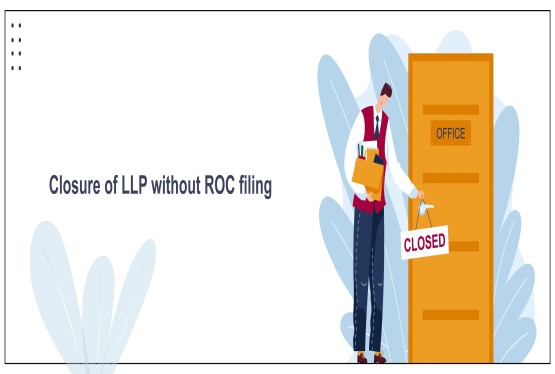
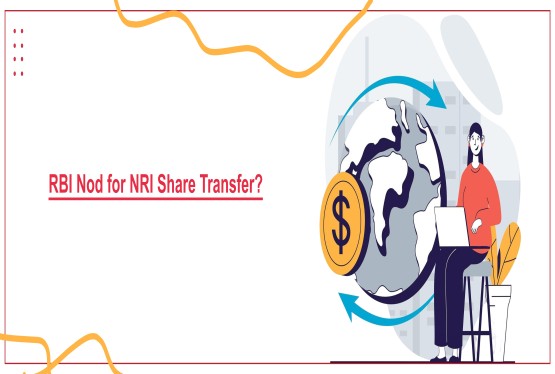

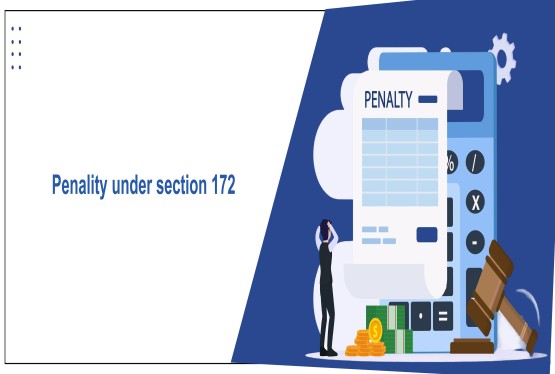
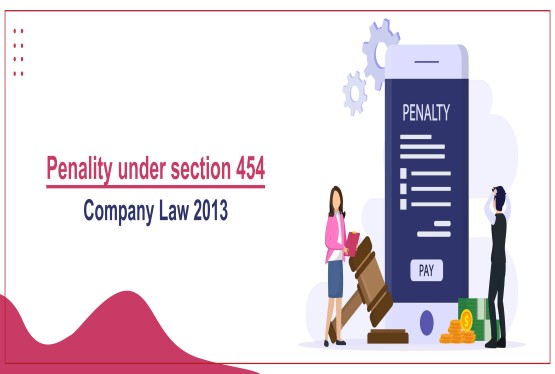
_learn_crop10_thumb.jpg)
_Learn_crop10_thumb.jpg)
